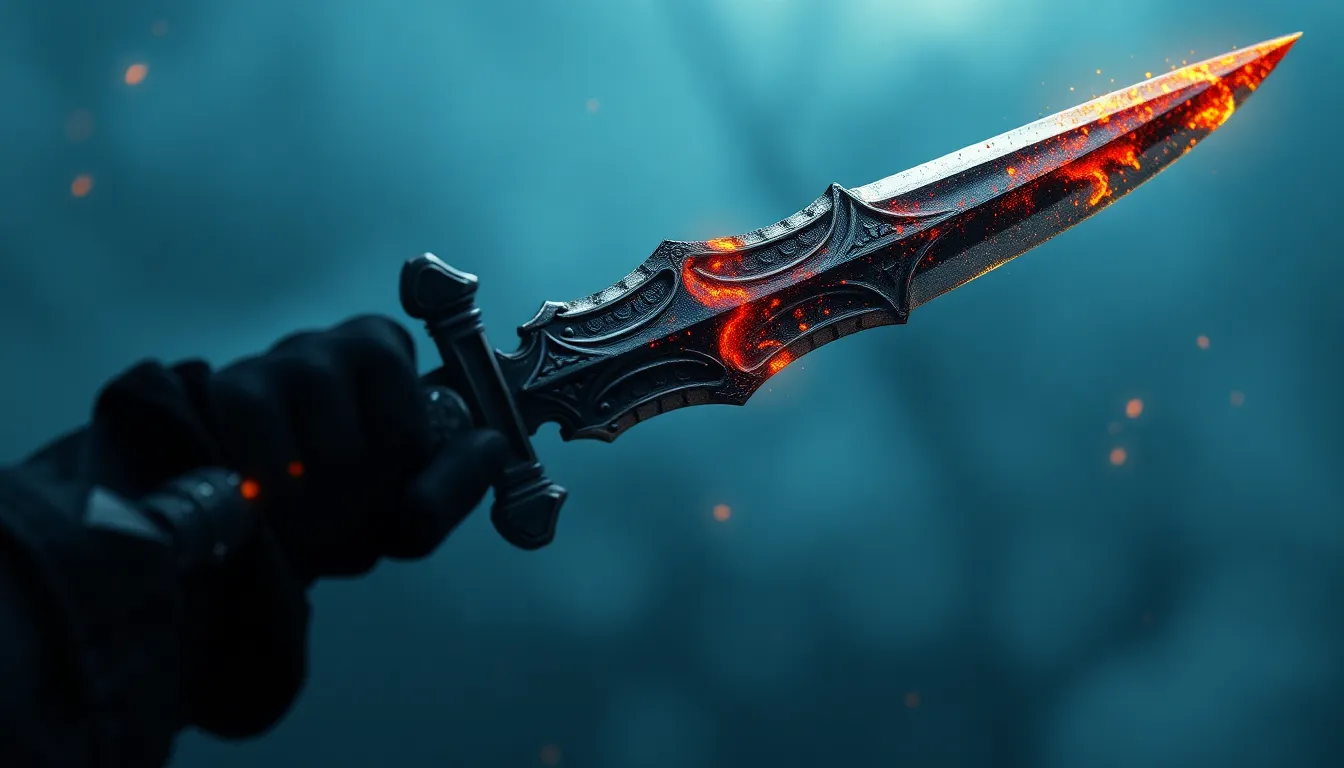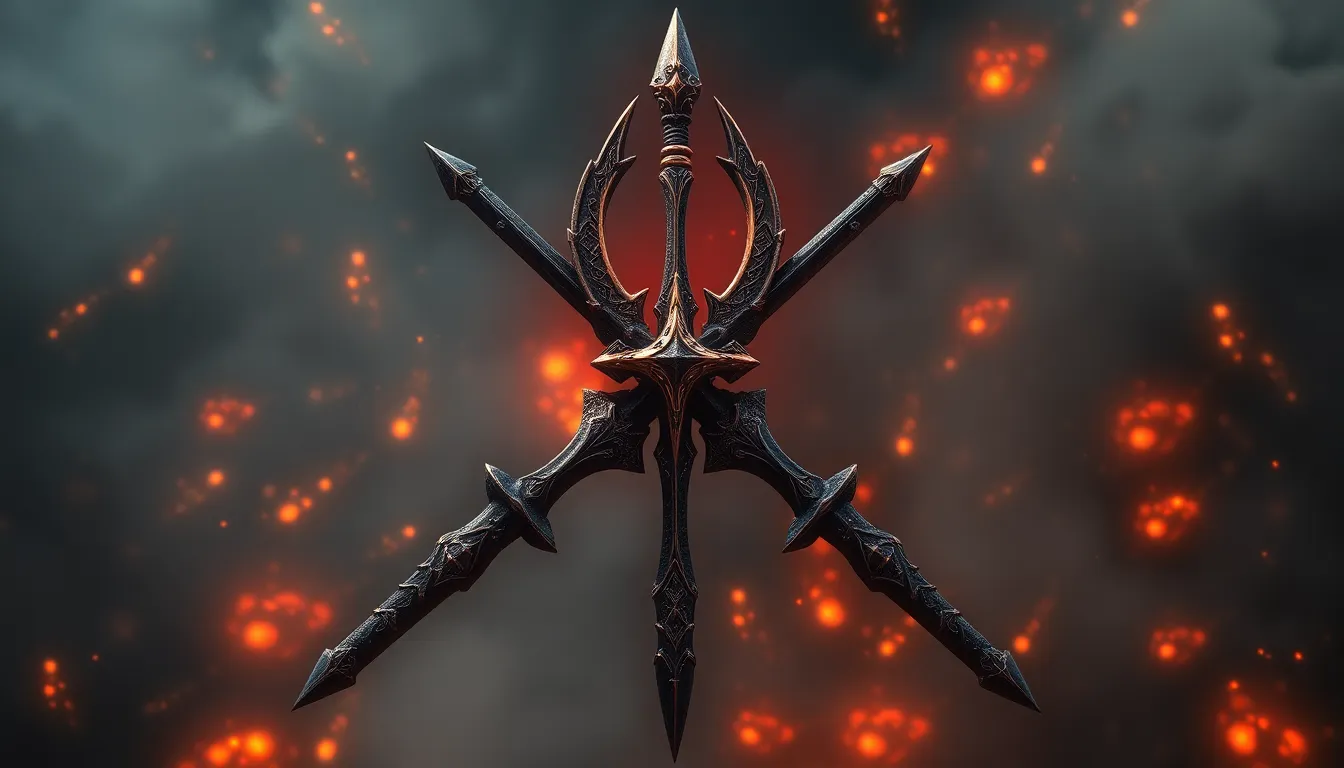The Sacred Seahorse: Mysteries of the Ocean in Folklore
I. Introduction
The seahorse, a captivating creature of the ocean, plays a vital role in marine ecosystems. As both predator and prey, seahorses contribute to the health of underwater environments. Their unique morphology and behavior, alongside their enchanting presence, have entrenched them in the folklore of various cultures around the globe.
This article explores the significance of seahorses in folklore across different cultures, shedding light on their mythical and symbolic representations. By delving into the biology, historical perspectives, and modern interpretations of seahorse folklore, we aim to illuminate the profound connection between these creatures and human culture.
II. The Biology of the Seahorse
Seahorses are unique among fish, noted for their distinct physical characteristics. Their elongated bodies, prehensile tails, and the male’s ability to carry and nurture young in a brood pouch set them apart in the animal kingdom.
- Unique Physical Characteristics: Seahorses possess bony plates instead of scales and come in various colors, allowing them to blend into their surroundings. Their horse-like heads and curled tails add to their charm.
- Habitat and Distribution: Seahorses inhabit shallow coastal waters, coral reefs, and seagrass beds worldwide, demonstrating a preference for environments rich in vegetation for camouflage and protection.
- Behavior and Reproduction: Known for their elaborate courtship dances, seahorses form monogamous pairs. The male fertilizes the eggs and carries them in his pouch until they hatch, showcasing a unique role reversal in parenting.
III. Historical Perspectives on Seahorses in Folklore
Throughout history, seahorses have inspired various beliefs and myths. Ancient civilizations revered them, attributing mystical qualities to these creatures.
- Ancient Civilizations: The Greeks believed seahorses were the steeds of Poseidon, the god of the sea, while in Chinese culture, they symbolized good fortune.
- Maritime Mythology: Seahorses often appeared in tales of the sea, representing guidance for sailors navigating treacherous waters.
- Diverse Folkloric Tales: From Native American stories to African legends, seahorses have been woven into the fabric of cultural narratives, embodying various attributes such as bravery and wisdom.
IV. Symbolism of the Seahorse in Different Cultures
The seahorse holds significant symbolic meanings across cultures. Its unique characteristics and behaviors have led to various interpretations of its symbolism.
- Strength and Protection: In many cultures, the seahorse is seen as a protector, symbolizing resilience and strength in the face of adversity.
- Love and Fidelity: The monogamous nature of seahorses has made them symbols of love and commitment, often represented in wedding themes and romantic art.
- Asian Mythology: In Asian cultures, particularly in China, seahorses are linked to prosperity and good fortune, often featured in art and decoration.
V. The Seahorse in Literature and Art
Seahorses have captured the imagination of artists and writers throughout the ages, appearing in various forms of literature and art.
- Classical Literature: From ancient texts to modern novels, seahorses have been depicted as symbols of mystery and the unknown, often tied to themes of exploration and adventure.
- Artistic Representations: Artists have portrayed seahorses in various styles, symbolizing enchantment and the beauty of the ocean. Their ethereal presence often evokes feelings of tranquility and wonder.
- Contemporary Storytelling: In today’s media, seahorses continue to inspire characters in children’s stories, animations, and films, further embedding them in our cultural narrative.
VI. The Mystical Associations with Seahorses
Seahorses are often associated with mystical qualities, regarded as messengers of the ocean and symbols of deeper meanings.
- Messengers of the Ocean: Many cultures believe that seahorses carry messages from the sea, offering guidance and insight to those who encounter them.
- Folklore Surrounding Sightings: Sightings of seahorses are often considered auspicious, with various interpretations regarding what it means to see one in the wild.
- Protectors of Sailors: Legends abound about seahorses guiding sailors safely home, embodying a protective spirit in maritime lore.
VII. Conservation and Environmental Concerns
The role of folklore in seahorse conservation is critical, as cultural beliefs can influence protective measures for these creatures.
- Impact on Conservation Efforts: Folklore can inspire conservation initiatives, showcasing the importance of preserving seahorse habitats and populations.
- Threats to Populations: Seahorse populations face threats from habitat loss, pollution, and overfishing, necessitating urgent conservation efforts.
- Raising Awareness: Folk stories about seahorses can engage communities in ocean health, fostering a sense of responsibility towards marine ecosystems.
VIII. Modern Interpretations of Seahorse Folklore
In contemporary society, the interpretation of seahorse folklore has evolved, reflecting changes in culture and technology.
- Seahorses in Pop Culture: Today, seahorses appear in various forms of media, from movies to merchandise, often symbolizing beauty and mystery.
- Contemporary Folklore: The digital age has led to new narratives surrounding seahorses, including memes and social media stories that reshape traditional beliefs.
- Influence on Traditional Beliefs: Modern interpretations can sometimes overshadow original folklore, prompting discussions on the importance of preserving cultural heritage.
IX. Personal Reflections: The Influence of Seahorse Folklore
Personal connections to seahorse folklore can be profound, often evoking memories and emotions tied to the ocean and its mysteries.
- Anecdotes: Stories of encounters with seahorses or experiences at aquariums can foster a deeper appreciation for these creatures.
- Emotional Connections: Many individuals feel a spiritual connection to seahorses, viewing them as symbols of hope, love, or personal strength.
- Encouraging Exploration: Readers are invited to explore their local folklore, discovering the unique stories that connect them to their environment.
X. Conclusion
In conclusion, seahorses are not just remarkable marine animals; they are also rich symbols within folklore and culture. From ancient mythology to modern interpretations, these creatures have captured the human imagination, serving as symbols of strength, love, and protection. Their significance in folklore highlights the interconnectedness of humanity and the natural world, emphasizing the need for conservation efforts to protect these magical beings and their habitats.



